For The Transit Fans: Company Profile: Transport for London
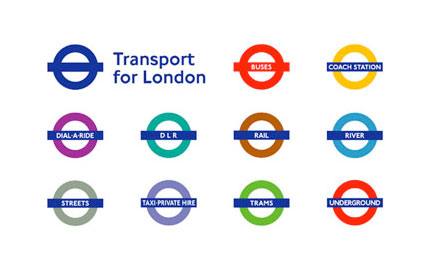
Transport for London is a government entity that oversees the public transportation system of greater London, England. The role of this entity is to manage and organize transport services. TFL does not directly operate service as bus service in London is privatized.

Quick Facts:
Type: Formely Public, Fully Privatized in 1994-1995.
Fleet Size: 8000 buses serving 6 million people a day
Routes: 673 with 52 Night Bus Routes with 19,000 bus stops.
Manufacturer and Powerplant: Most companies operating routes for TFL use domestically produced equipment from Alexander Dennis, Leyland, and Wrightbus. Volvo and Scania models are imported. Briefly Mercedes-Benz Citaro articulated buses were introduced but were harshly unpopular. The fleet is a mixture of Diesel and Hybrid powered buses.

An AEC Routemaster restored by Bentley Motors.
Fare Collection: The contactless card payment system in London is called the Oyster Card. TFL's fare system is one of the most complex in the world with fares changing often and no bus to bus or bus to rail transfer (akin to US Style contactless cards) is offered. Limited edition card designs are offered to commemerate certain events and holidays in London such as the Queens Diamond Jubilee and the Royal Wedding of Prince William and Kate Middleton. A special card is offered to tourists.

An Oyster Card

Tourist Variant Oyster Card
Livery: The Red paint on the buses of London are one of the most iconic livery samples in history. Elegant in the simplicity. Shortly after the privatization of the bus network other paint colors started to appear. TFL corrected this issue issuing a mandate that buses serving routes in London must be painted at least 80% red.

An Alexander Dennis Enviro 400 operated by Arriva London
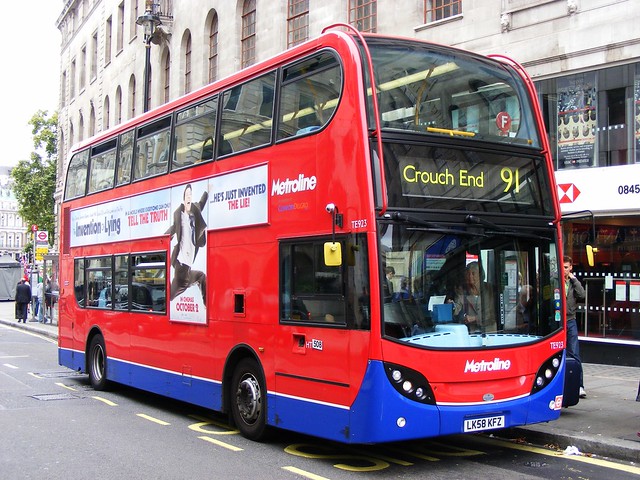
An Alexander Dennis Enviro 400 operated by Metroline
Innovations: From the creation of the Double Decker and the idea of bus only lanes London's transport system has served as the inspiration for other transit systems worldwide. Many public transport systems copy that of London. Once buses in London are deemed to old to stay in service and are retired. They are often sold overseas and refurbished and continue London style bus service. One of the main innovations of the London Bus System that died with privatization was the "hop on hop off" functionality of the AEC Routemaster bus.
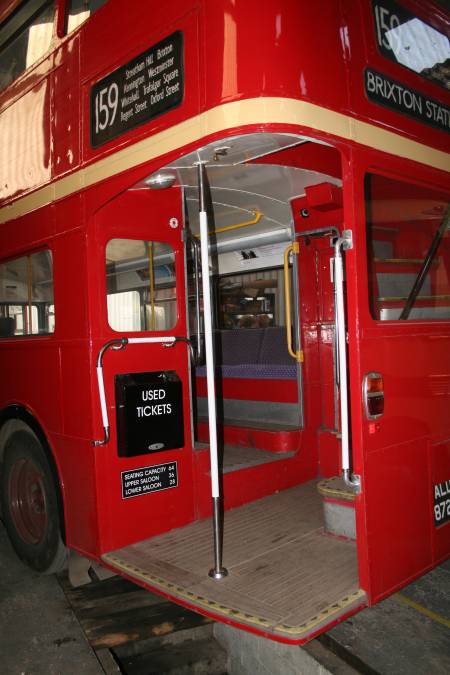
The Hop on Hop off Platform
Before newer bus models were introduced London's bus network consisted almost entierly of Routemaster buses. The buses were crewed by two people primarily because of its design. The Conductor stood here on the rear platform and collected the fare and announced stops and destinations. The Driver sat in a small cramped cab which was separated from the bus interior and next to the engine. This made operating the bus a team effort. The conductor signaled for the driver to stop at bus stops and pull off when the passengers finished boarding. After private companies were allowed to select which types of buses they would include in their fleets many opted for driver only configurations and the postion of conductor was no longer needed. Passengers boarded and paid at the front and no longer had the rear open platform to hop on and off which had become a staple of London transport.
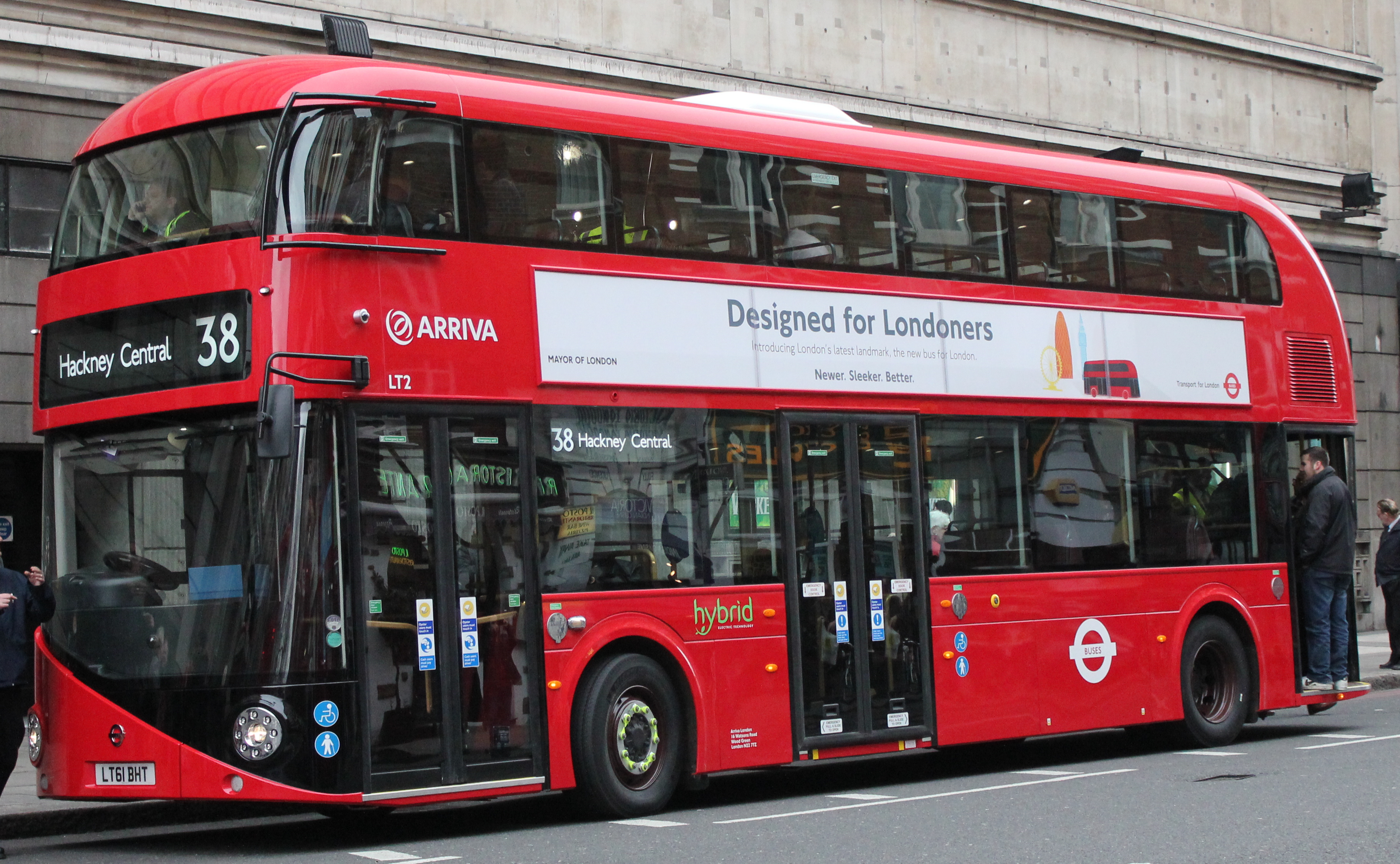
Wrightbus LT2 operated by Arriva London
Equipment Profile: Wrightbus LT2
Manufacturer: Wrightbus of Northern Ireland
Type: Low-Floor Double Decker
Seating Capacity: 80, 87 without wheelchair station
Engine: American Cummins Diesel ISBe powering a Hybrid Electric System
Length: 36 feet 10 inches
Width: 8 feet 3 inches
Height: 14 feet 5 inches
Cost: 355,000 GBP
Commonly called the New Routemaster or the "Borismaster" the LT2 is the realization of a campaign promise given by London's Mayor Boris Johnson. After the withdrawal of the unpopular articulated buses the Mayor promised a revival of the hop on hop off bus design which had been absent for decades. The older AEC Routemaster buses were retired after the British Government required all buses be wheelchair accessible. The old Routemaster of the 1960's saw continual use until the 1990's and now only serve two heritage routes in London. The Mayor's campaign promise sparked a design contest to create a "New Routemaster" for London. After years of design and testing the contract to build this new bus was given to Wrightbus, a company in Northern Ireland known for its funtional bus bodies which can be mounted onto chassis constructed by different manufacturers. The bus has a hybrid propulsion system powered by a clean diesel engine coupled with a regenerative braking system (like the one on the Toyota Prius). The Bus has restored the postion of Conductor as the bus does have a rear platform which can be closed when the bus is in one-man operation only states. The entire bus aside from the Engine which is made by Cummins in the United States the bus is British made which was intended to boost the economy and create jobs. The bus has recieved mixed reviews by the public. With some praising its style and retro feel and others calling the bus a waste of money and a vanity project. The bus was intended to be sold overseas but the open rear platform has killed that ambition as that is a very London specific requirement. The bus was taken around the world in a demonstration with the hopes that other bus companies out of the UK would purchase them.

Wrightbus LT2 Promotional Poster
Driving Dynamics: London is one of the most congested cities in the world but bus traffic is diverted away from the main flow whenever possible. There are bus lanes and bus only areas of the city. One problem however that seems to ring truest with regard to London is the neverending epic battle of the Bus Vs the Cyclist. (as seen in Top Gear's Race Across London) Cycling very popular in London and Cyclists often use bus lanes. Cyclists often dodge in and out between buses that are alighting and pulling off. This is a very dangerous combination and it doesn't take a genius to realize that buses will always win. People are often killed by falling off their bikes too close infront of buses or Bus drivers swerving out of the way to avoid cyclists. It is a problem that is being fixed with bike lanes that go around bus stops but progress is a long way off.
Experience London from the top of an Iconic Double Decker
-
 1
1


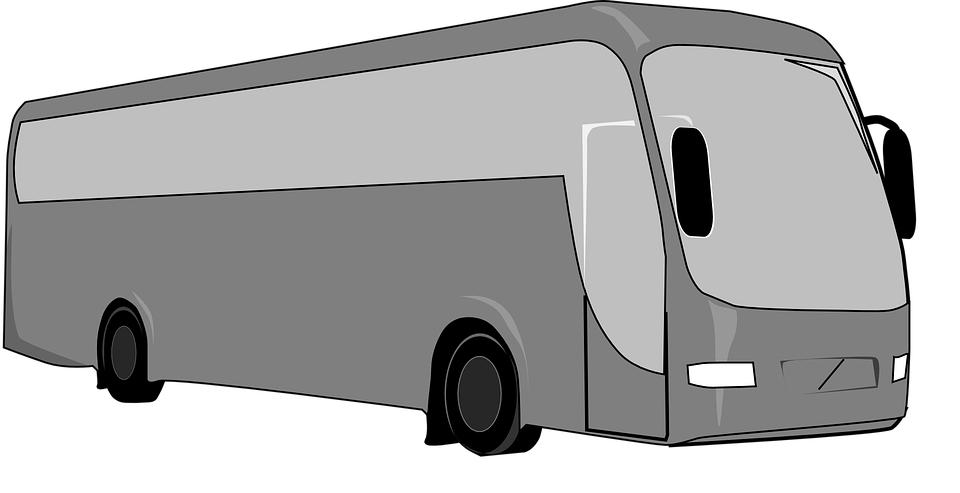

0 Comments
Recommended Comments
There are no comments to display.
Create an account or sign in to comment
You need to be a member in order to leave a comment
Create an account
Sign up for a new account in our community. It's easy!
Join the herd!Sign in
Already have an account? Sign in here.
Sign In Now